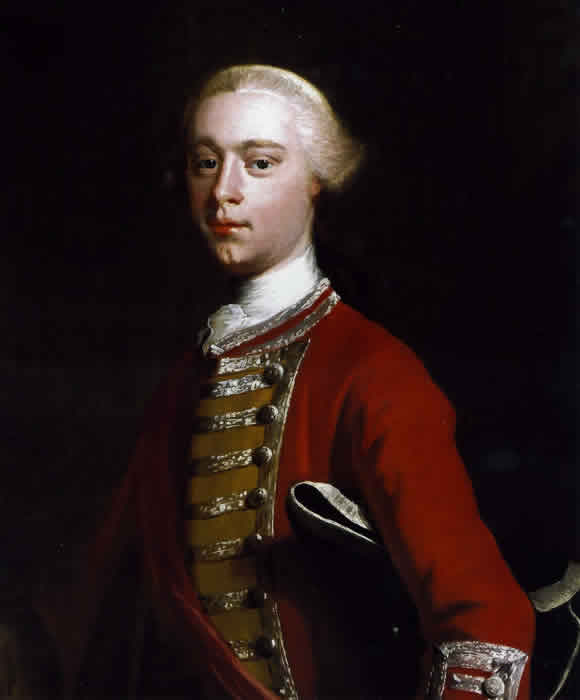

THE SIEGE OF QUÉBEC :
AN EPISODE OF THE SEVEN YEARS' WAR
The Conflict in America: a General Survey
British Tactics and Alliances
The year 1758 marked a turning point in the conflict. The British, on the strength of their new European alliance with Frederic II of Prussia releasing them from their European commitments, were ready to allocate large sums of money for the war in America. These efforts guaranteed that they could count on an impressive fleet and on an army that was clearly greater than the French army16. Moreover, the new British Government headed by William Pitt was planning a strategy to conquer New France. From 1757 onward he orchestrated the invasion of the colony17. Moreover, Versailles provided little support to the colony. Every year the capital city shipped supplies but few soldiers18. At the dawn of 1759, the situation looked rather bleak for the French army and for Canadian settlers. In contrast, sustained by their victories across the territory, there was no limit to what the British could hope for.
Despite the defeats inflicted by the French during the first battles, William Pitt's new British Government, supported by his Commander in Chief in America, the comte de Loudoun, set up a genuine offensive to take the colony. Step by step, he planned the invasion of New France. In the beginning, Pitt and Loudoun sought to capture Louisbourg and subsequently move on to Québec by sea. The capture of the colony was to end with a battle in Montreal, where three armies would make their way, one from Albany through Lake Champlain; another from south of the Great Lakes, the last one from Québec. To implement this plan, Pitt organized reinforcements consisting of colonial troops backed up by naval forces19.
This well-organized plan was a success from 1758 on, especially with the capture of Louisbourg (July), Fort Frontenac on Lake Ontario (August), and Fort Duquesne in the Ohio Valley (November)20. Henceforth, the ambitions of London and its troops were focused on the towns of Montreal and Québec, the heart of the colony. Already plans were being drafted for 1759 in the hope of developing a foolproof strategy to capture what remained of New France. Pitt's plan was simple: the territory would be taken in a claw-like move as a powerful army marched towards Québec and another towards Montreal. General Jeffery Amherst, the newly appointed Commander in Chief in America, would lead the army to Montreal, while the Québec expedition would be in the hands of a young officer, James Wolfe21.

